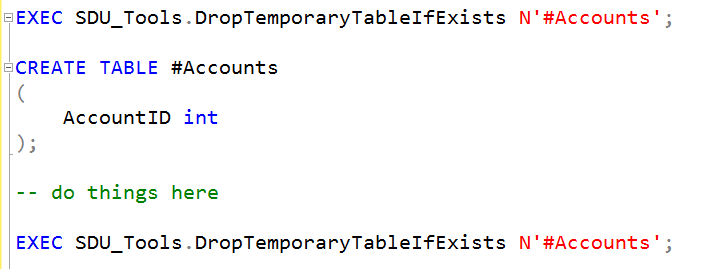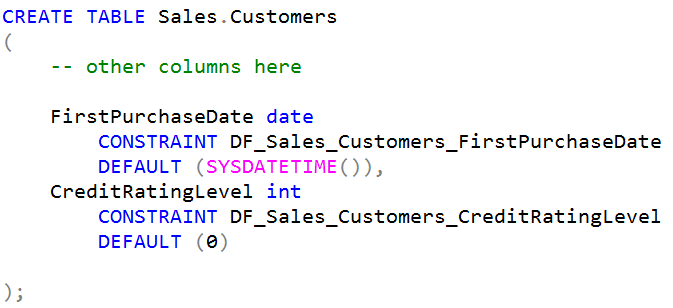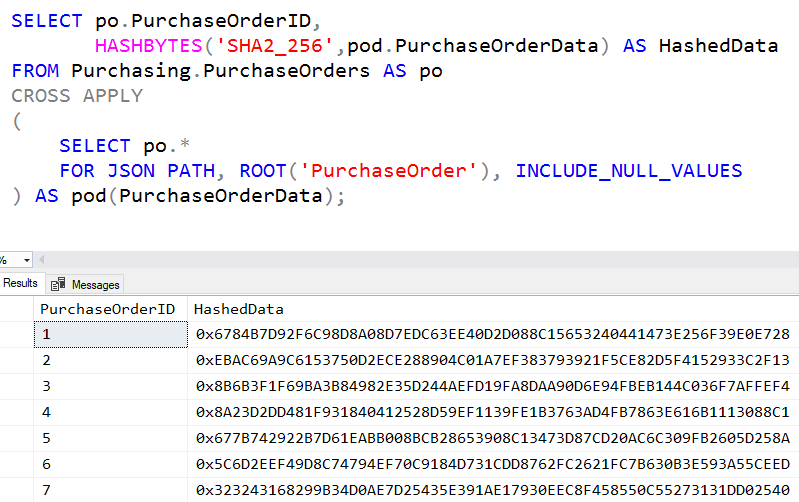
Book Review: Hit Refresh - Satya Nadella
When I first heard that Satya Nadella had a book out, I was somewhat surprised as at the time, he had just taken over running Microsoft. Usually you don’t see books from CEOs until they’ve been in the role for quite a while and have become philosophical about things.
But given the impact I could see he would have, I was fascinated to read his book Hit Refresh.
It was actually quite a bit more than I expected. I really enjoyed the tales of his life and how it led up to his current role.
2018-07-27









